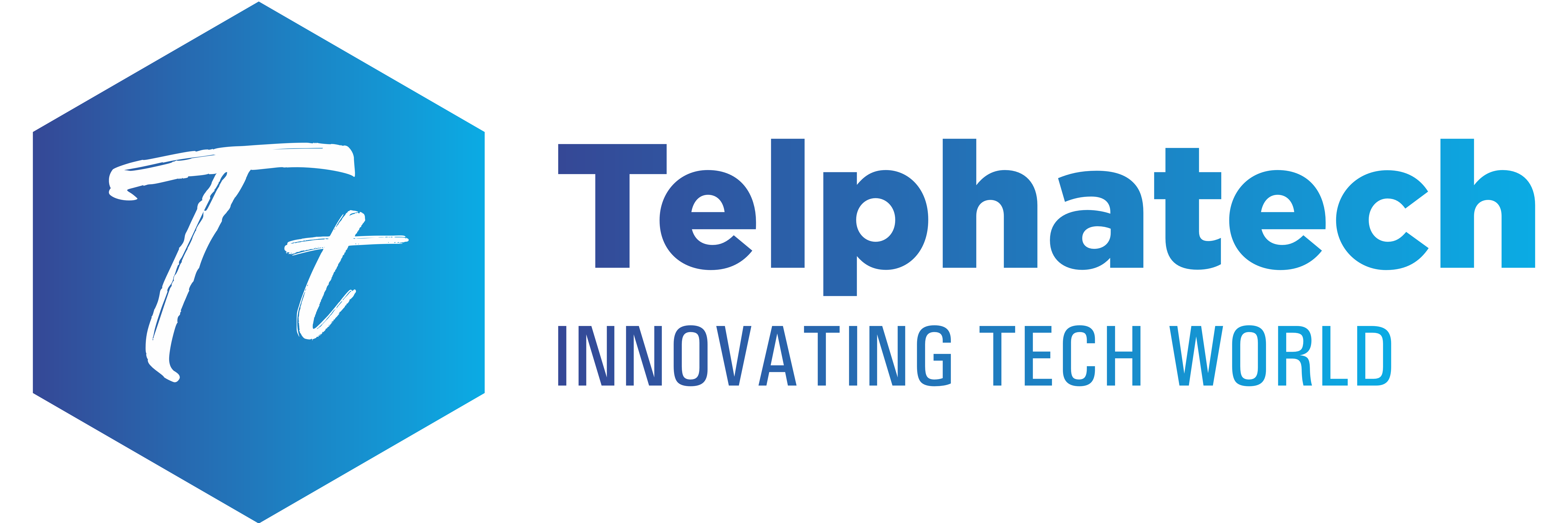Table of Contents
ToggleIntroduction
The Internet of Things (IoT) is heralded as one of the most transformative technological innovations of the 21st century. It promises to reshape how we live, work, and interact with our environment. In this comprehensive blog, we will explore the world of IoT, from its definition and operation to its diverse applications and the challenges it presents.
What is the Internet of Things (IoT)?
The Internet of Things, or IoT, is the interconnected network of physical objects, known as “things,” that are embedded with sensors, software, and communication technologies. These devices collect data from their environment and share it with other connected devices and systems over the internet. IoT encompasses a wide range of objects, from everyday household appliances like thermostats and refrigerators to industrial machines and vehicles.
How Does IoT Work?
At its core, IoT relies on connectivity. Devices, equipped with sensors, collect data from their surroundings. This data is then transmitted over the internet or local networks to central servers or cloud-based platforms for processing and analysis. After analysis, this information can be used for various purposes, such as monitoring, automation, and decision-making.
Applications of IoT
The versatility of IoT technology has led to its adoption across numerous industries and sectors, including:
- Smart Homes: IoT devices like smart thermostats, lights, and security systems enhance convenience, energy efficiency, and security in households.
- Healthcare: Wearable devices, remote monitoring, and smart medical equipment enable better healthcare delivery and patient management.
- Industrial IoT (IIoT): Manufacturing and industrial processes benefit from real-time data monitoring and predictive maintenance, reducing downtime and optimizing efficiency.
- Agriculture: IoT-powered precision agriculture aids farmers in optimizing crop yields, resource usage, and livestock management.
- Smart Cities: IoT solutions are used to improve urban infrastructure, including traffic management, waste disposal, and environmental monitoring.
- Transportation: Connected vehicles, traffic management systems, and logistics optimization improve safety and efficiency in transportation.
Challenges and Concerns
While IoT holds immense promise, it also presents certain challenges and concerns, including:
- Security: The proliferation of connected devices creates potential vulnerabilities, necessitating robust security measures.
- Privacy: The collection and sharing of personal data by IoT devices raise privacy issues that must be addressed transparently.
- Interoperability: Ensuring that devices from different manufacturers can communicate seamlessly is an ongoing challenge.
- Scalability: As IoT ecosystems expand, scalability issues may arise, affecting system performance and reliability.
- Data Management: Handling the vast amounts of data generated by IoT devices can be overwhelming without effective data management strategies.
Conclusion
The Internet of Things is ushering in a new era of connectivity, data-driven insights, and automation. Its applications are vast, spanning from our homes to industries and cities. While challenges exist, the potential benefits of IoT are undeniable. As technology continues to evolve, IoT will offer exciting possibilities for our interconnected world. Whether enhancing convenience or revolutionizing entire industries, IoT is a powerful force shaping the digital age.
Credits
This blog post was written by Aditya Yajurvedi, a Member of Future Deciders (G76) at Telphatech.
You can find Aditya Yajurvedi on LinkedIn at Aditya Yajurvedi.

